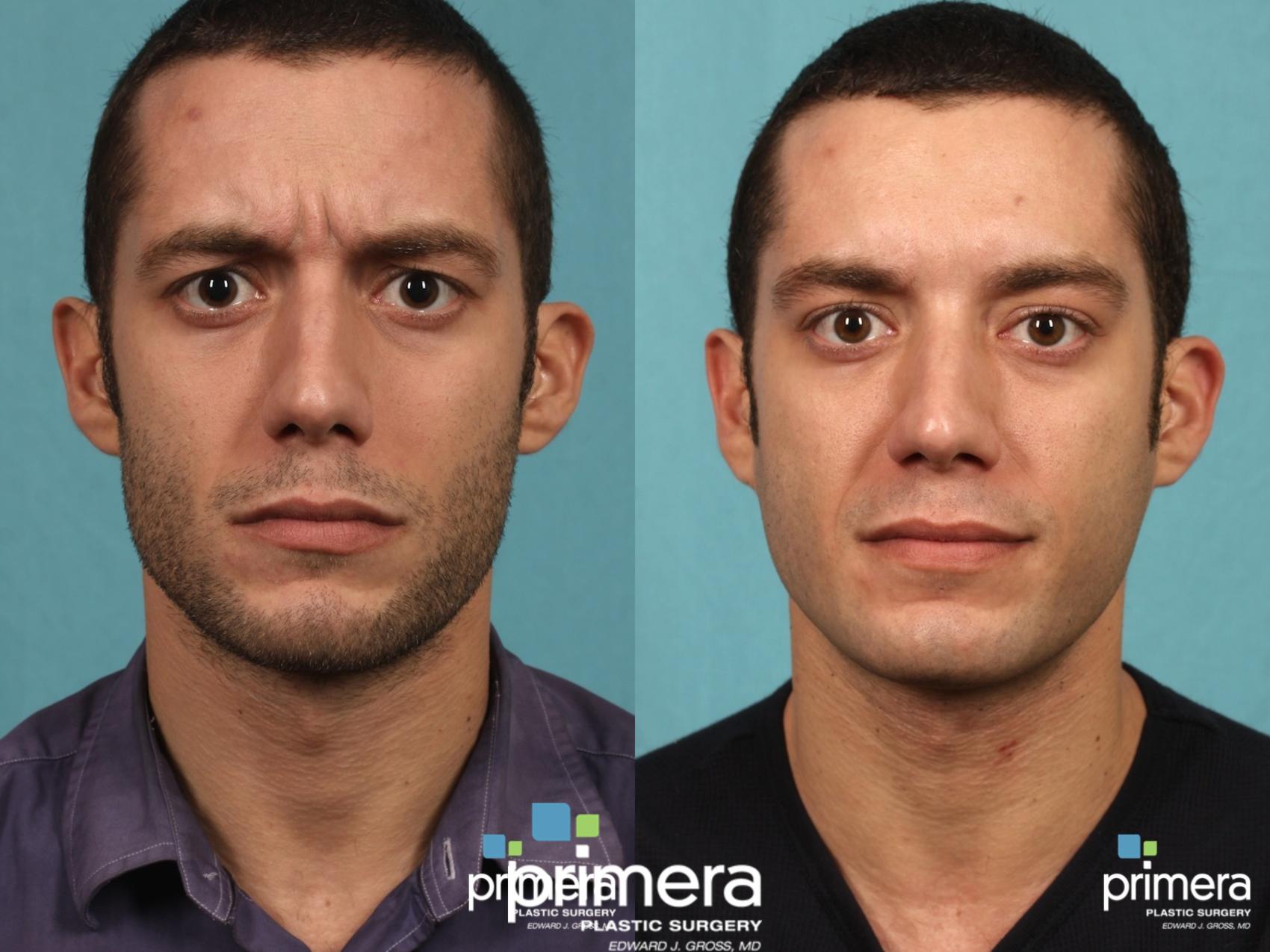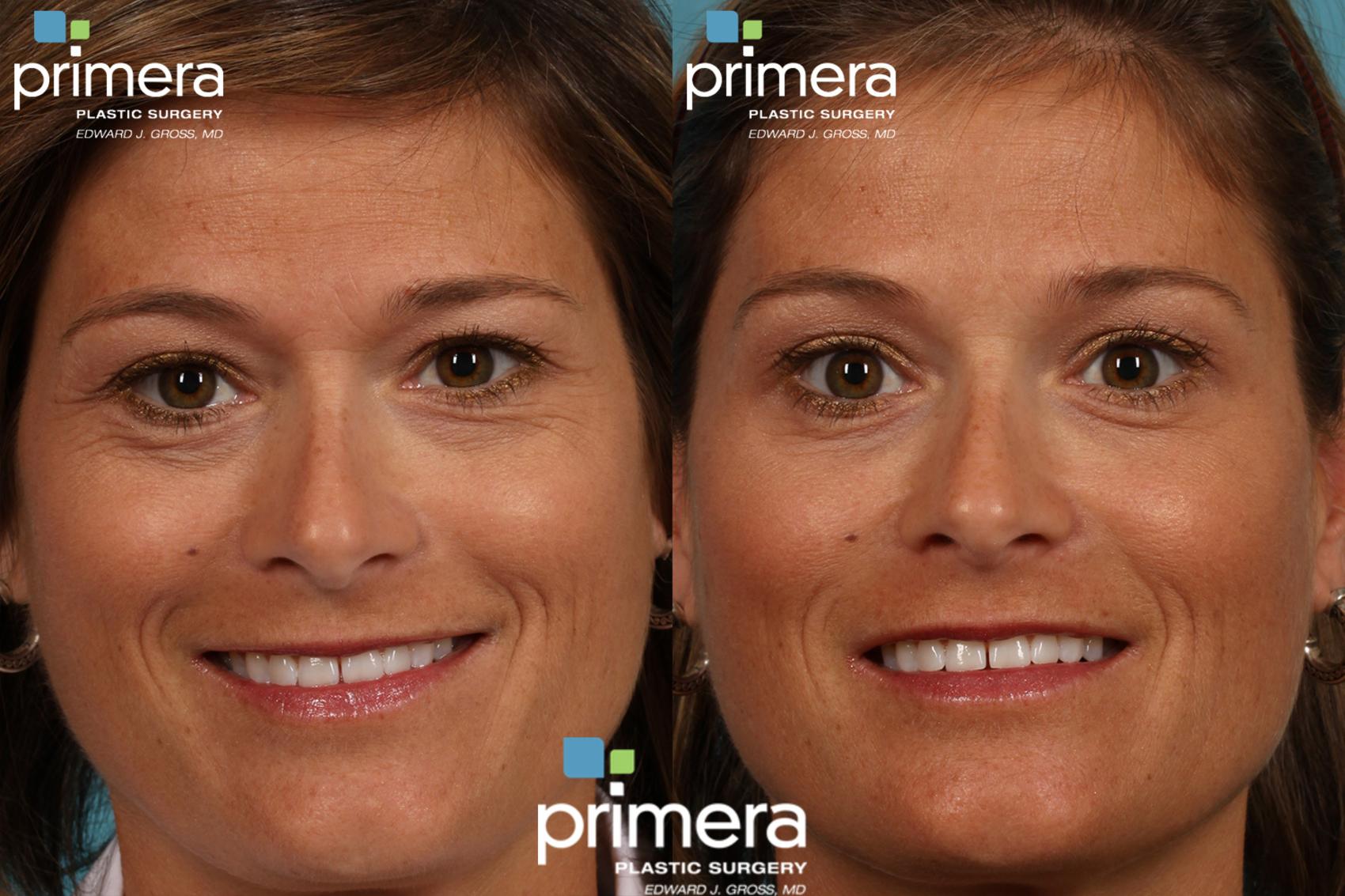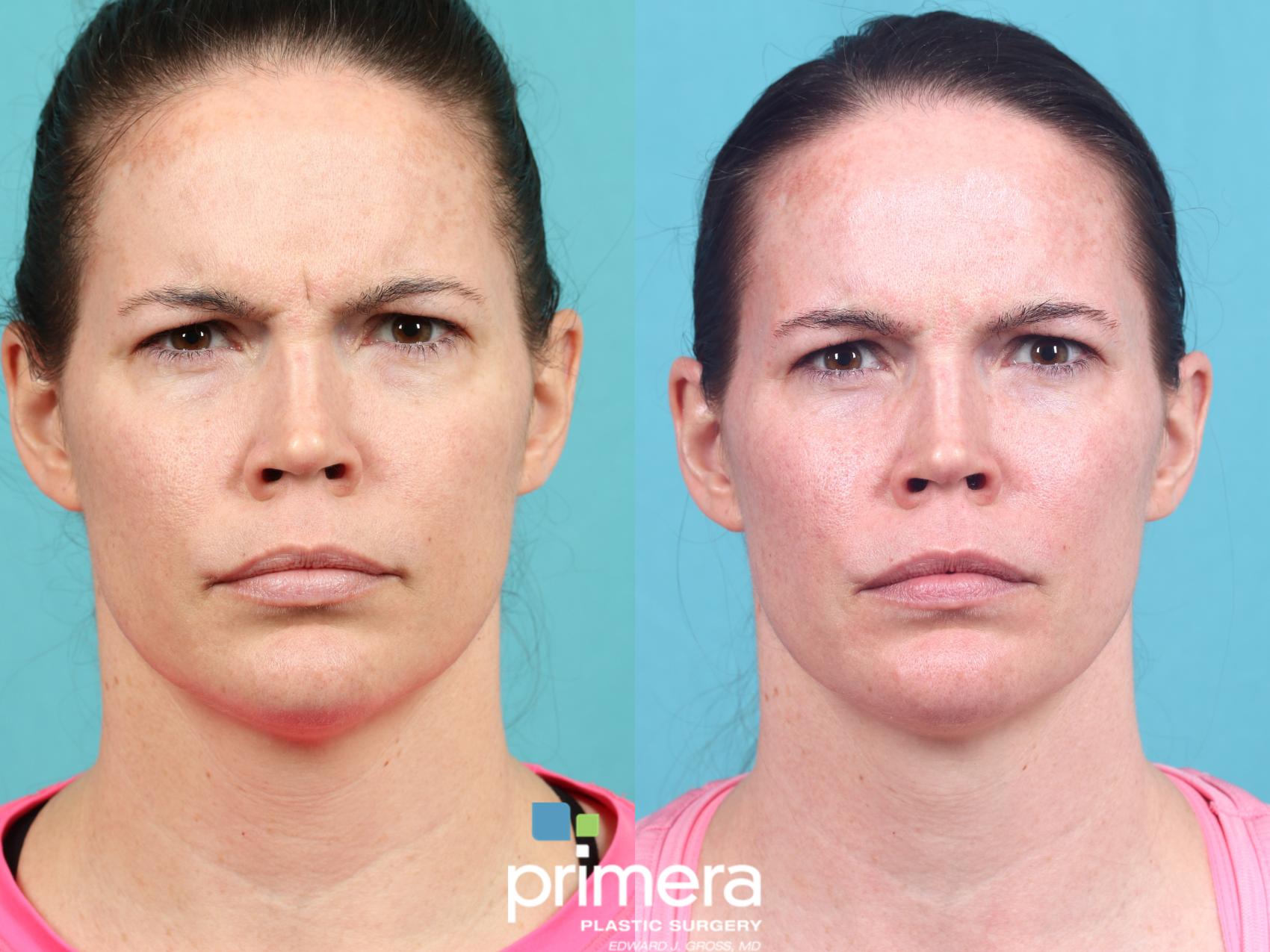In most cases, it’s best to avoid strenuous workouts for at least 24 hours—and sometimes up to 48 hours—after BOTOX injections. While BOTOX requires virtually no downtime, exercising too soon after treatment can affect how well it works. If you’re wondering how long after BOTOX you can work out, the short answer is: Wait at least a full day before resuming vigorous activity.
Understanding why this window matters, which activities are safe, and when you can return to your usual routine will help you protect your results and get back to exercising confidently. Keep reading to learn more.
Why You Should Avoid Exercise After BOTOX
BOTOX relaxes the facial muscles that cause dynamic wrinkles, the lines created by repeated movement such as frowning or squinting. Once injected, it takes time for the medication to bind to those nerve endings and take effect.
Exercise raises your heart rate, blood pressure, and blood flow to the face. This boost in circulation can, in theory, disperse the product before it fully attaches to the nerves that control the treated muscles. Until that binding process is complete, excessive movement, pressure, or increased circulation may reduce the precision of the treatment or weaken its overall effect. In short, doing strenuous exercise like hitting the gym too soon could lead to less predictable results or a shorter duration of effect.
Other reasons to pause your workout include:
- Bruising or swelling: Increased blood flow can worsen post-injection redness or bruising.
- Product displacement: Rapid movement or pressure, like bending, lifting, or wearing tight headgear, can shift the product before it settles.
- Skin irritation: Sweat and friction can irritate freshly treated areas and may contribute to inflammation.
Pausing workouts for 24 to 48 hours helps prevent these issues and protects your results.
What Types of Exercise Should You Avoid (And for How Long)?
Most providers recommend avoiding strenuous or high-impact activity for at least 24 hours after your injections. This includes anything that significantly raises your heart rate or involves a lot of bending or straining.
For high-intensity workouts or hot environments (think spin classes, hot yoga, or outdoor runs in the Florida heat), we recommend waiting a full 48 hours for the best results.
Because not all movement affects your circulation in the same way, it helps to think about exercise in tiers—from gentle activities that are safe right away to more intense workouts that demand a short waiting period. The guidelines below break down which types of activities you can resume and when.
- OK right away:
- Desk work
- Light walking around the house
- Normal daily activities that don’t raise your heart rate
- Usually OK after 24 to 48 hours (if you feel well):
- Light walking or easy cycling
- Gentle stretching
- Better to delay at least 24 to 48 hours:
- Running or high-impact cardio
- Weight training and heavy lifting
- Hot yoga or heated workout classes
- High-intensity interval training (HIIT)
Giving your body that short break allows the product to stay where you want it. This is especially important as, unlike dermal fillers, BOTOX injections cannot be reversed.
The BOTOX Recovery Timeline
Your BOTOX recovery timeline is short and simple compared to most procedures, but it’s still important to follow best practices for optimal results.
Immediately after treatment (0 to 4 hours):
- Remain upright and avoid lying down.
- Refrain from massaging or touching the treated areas.
- Avoid wearing tight hats or headbands that could apply pressure.
First 24-48 hours:
- No vigorous exercise, saunas, or hot tubs.
- Skip alcohol, which can increase bruising.
- Stay makeup-free for at least 4 hours.
Days 2 to 7:
- Most patients can resume light to moderate exercise, such as easy cycling, brisk walking, or gentle strength training, after 24 to 48 hours. Continue avoiding high-intensity workouts, heavy lifting, and heated classes until the 48-hour mark to protect your results.
- Avoid anything that puts direct pressure on your face.
- Initial results often begin to appear around day 3 or 4.
Weeks 2 to 3:
- Final results settle in fully, revealing smoother skin and a refreshed look.
- Continue your regular skincare and fitness routine.
Following this gentle progression helps your BOTOX set correctly and last its full expected duration; BOTOX typically lasts 3 to 4 months.
BOTOX Planning Tips for Active Patients
For many Floridians, fitness is part of daily life. Whether you’re training for a race or enjoy an early-morning Pilates class, you don’t have to sacrifice your routine—you just need to plan around it. Here’s how:
- Schedule strategically. Book your BOTOX appointment on a rest day or after your workout.
- Stay upright. If you must move, gentle walking is fine as long as you avoid bending or straining.
- Keep cool. Heat increases circulation and swelling, so skip the sauna, steam room, hot yoga, and Florida heat for 48 hours.
- Hydrate well. Water supports your recovery and helps minimize swelling.
- Adjust your workout type. When you first resume exercise, choose low-impact activities, like walking or easy cycling, instead of high-intensity exercises or heavy lifting.
- Be patient. Waiting even 1 extra day helps protect your investment and your results.
A little planning goes a long way in balancing your fitness goals with your aesthetic goals.
BOTOX & Exercise: Myths vs. Facts
Even experienced BOTOX patients hear mixed messages about what they can and can’t do after treatment. Here are some of the most common myths about exercise and recovery—along with what’s actually true.
Myth #1: “If I work out right after BOTOX, it will kick in faster.”
Fact: BOTOX takes time to bind to nerve endings—usually 3 to 7 days to see results, with full effect around 2 weeks. Exercise or exaggerated facial movements won’t speed this up and can actually increase blood flow, which may affect how precisely the product takes effect.
Myth #2: “If I feel fine, I can go straight back to the gym.”
Fact: Even if you feel completely normal, your BOTOX hasn’t fully taken hold yet. The product is still attaching to the nerves that control the treated muscles during the first 24 to 48 hours. Intense workouts—especially those involving bending, straining, or anything that significantly raises your heart rate—can increase circulation and potentially affect how well your results develop. Feeling fine doesn’t guarantee the product is fully stabilized, so it’s still important to take it easy for the first day or 2.
Myth #3: “Light exercise is just as risky as intense workouts.”
Fact: Most precautions are aimed at strenuous activity that raises your heart rate and blood pressure. Gentle movement, like everyday tasks or light walking, is usually fine. It’s high-impact cardio, heavy lifting, hot yoga, and intense classes that are best avoided for the first couple of days.
Myth #4: “If I sweat a lot, BOTOX will just sweat out.”
Fact: BOTOX doesn’t leave your body through your sweat glands. The concern with heavy sweating, saunas, and hot yoga right after treatment is increased circulation and swelling, which might influence how the product takes effect—not that it literally “sweats out.”
Myth #5: “If I skip workouts after BOTOX, it will last much longer.”
Fact: Avoiding strenuous exercise in the first 24 to 48 hours helps protect your initial result, but it won’t dramatically extend your BOTOX results beyond the typical 3 to 4 months. Longevity has more to do with dose, placement, metabolism, and muscle strength than with how many workouts you skip after treatment.
Get Started With BOTOX
Learn more about what BOTOX can do for you by requesting a consultation online or calling us at (407) 333-3040 today.





Leave a Reply